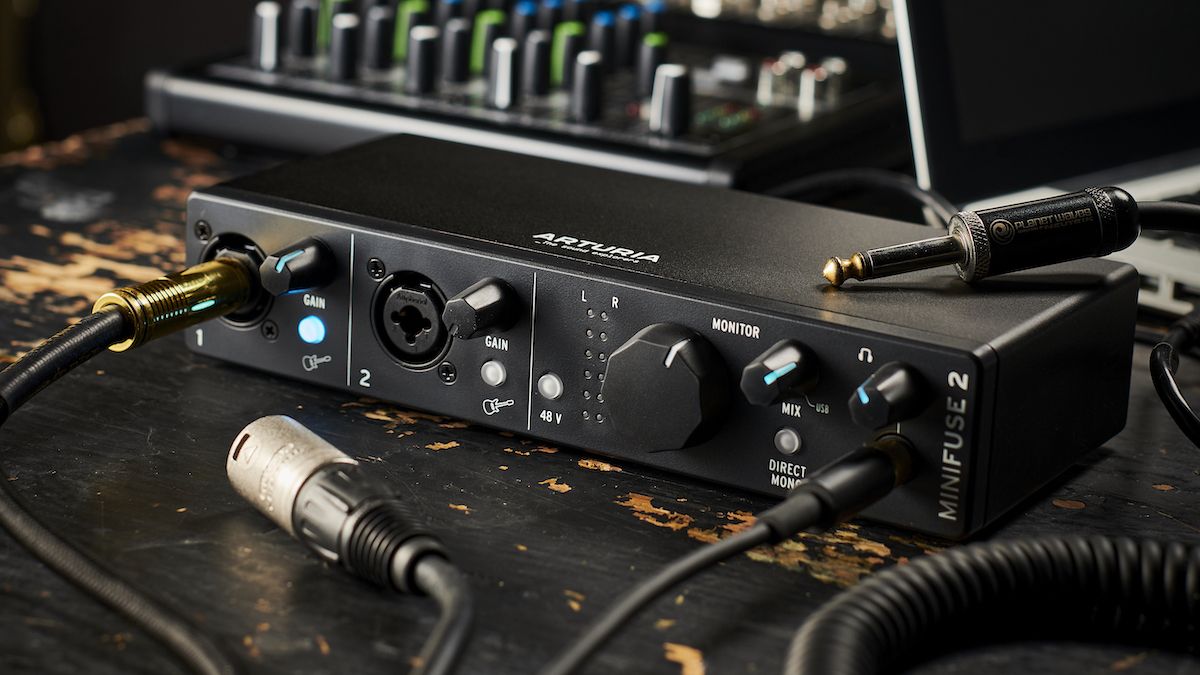

What if you are working on a project at a sample rate of 48 kHz and decide to drop in a sample that is at 44.1 kHz, or vice versa? Different Sample Rates in a Single Project? To ensure best fidelity, I am using iZotope RX to handle all conversions. For mastering, I usually work at the sample rate of the submitted source files and convert to the destination sample rate (normally 44.1 kHz) at the end of the project. With my own music, I am currently working at 88 kHz. Most music professionals I know work at sample rates of 44.1 kHz or 48 kHz. Here is a great article on the topic by Ryan Schwabe. Particularly, you may avoid fold-back aliasing issues (audible artifacts) when eventually converting higher sample rate material back to 44.1 kHz. This is provided you have the right tools and the experience to handle any conversions properly.

Going for higher sample rates can offer some advantages. The advantages of working at higher sample rates It provides good fidelity, is safe to work with and is not too taxing on your system. You might be surprised by the poor performance of some DAWs!įor these reasons, my conclusion is that for most people and most applications, 44.1 kHz is the best sample rate to go for. It allows you to inspect how well your DAW handles resampling from a higher sample rate (96 kHz) down to 44.1 kHz. I also suggest you check this page on the Infinite Wave website. But the theory behind digital audio is no different when talking about music production. The article approaches the question from the point of view of music downloads. I am referring you to this article by Monty at. Some plugins and audio tools can’t handle higher sample rates properly and could cause issues.The higher the sample rate, the higher the CPU cost. It requires more processing power from your computer.When sample rates double, so do the file sizes on your drive.Is there an advantage to working at these higher sample rates? Why not simply just use the maximum sample rate your setup allows? Higher sample rates of 88.2 kHz, 96 kHz, and even 192 kHz are available in music and audio production software. The disadvantages of working at higher sample rates Sample RateĤ4.1 kHz is the current playback standard for most consumer music applications.
MAC AUDIO INPUT FREQUENCY PROFESSIONAL
A 32-bit floating point bit depth can have some advantages for professional applications, but the files take up 50% more space compared to 24-bit audio. This ensures a better dynamic range (the difference between quiet and loud parts o the audio) and better precision when editing. For professional use (recording, mixing, mastering or professional video editing) a bit depth of 24 bits is better. What Bit Depth Should I Use?įor consumer/end-user applications, a bit depth of 16 bits is perfectly fine. Using higher sample rates can have disadvantages and should only be considered in professional applications. Higher sample rates can have advantages for professional music and audio production work, but many professionals work at 44.1 kHz. 48 kHz is common when creating music or other audio for video. The sample rate and bit depth you should use depend on the application.įor most music applications, 44.1 kHz is the best sample rate to go for. I often get questions about what is the best sample rate and bit depth to use.


 0 kommentar(er)
0 kommentar(er)
